Why PoE is the Smartest Choice for Cisco VoIP Phone Deployments in Enterprises
As businesses strive to enhance their communication infrastructure, Voice over Internet Protocol (VoIP) phones have become a cornerstone of modern enterprise telephony. Among the leading providers, Cisco VoIP phones stand out for their reliability, advanced features, and seamless integration with existing network environments. When deploying Cisco VoIP phones, choosing the right power solution is critical. This is where Power over Ethernet (PoE) comes into play. In this blog post, we will explore why PoE is the smartest choice for Cisco VoIP phone deployments in enterprises.
Understanding Power over Ethernet (PoE)
Power over Ethernet (PoE) is a technology that allows network cables to carry electrical power alongside data. This means that devices such as IP cameras, wireless access points, and VoIP phones can receive both power and data through a single Ethernet cable. PoE simplifies network infrastructure by eliminating the need for separate power supplies and outlets for these devices.
The Benefits of PoE for Cisco VoIP Phones
- Simplified Deployment and Installation
One of the primary advantages of PoE is the ease of deployment and installation. With PoE, there is no need to install power outlets or run separate electrical wiring to each Cisco VoIP phone. This reduces the complexity and cost of installation, especially in large enterprises with numerous phone endpoints. IT teams can quickly deploy VoIP phones in any location with an Ethernet connection, streamlining the entire setup process.
- Enhanced Flexibility and Scalability
PoE offers unparalleled flexibility and scalability for Cisco VoIP phone deployments. As businesses grow and evolve, they may need to add or relocate VoIP phones. PoE-enabled infrastructure makes it easy to move phones to new locations without the hassle of rewiring power outlets. This flexibility allows enterprises to adapt to changing needs and ensures that the communication system can scale efficiently.
- Improved Network Reliability and Uptime
Reliability is a crucial factor for enterprise communication systems. PoE enhances network reliability by centralizing power management. In a PoE-enabled network, power is delivered through Ethernet switches or PoE injectors. This centralization allows for better monitoring and control of power distribution, reducing the risk of power-related failures. Additionally, in the event of a power outage, PoE can be integrated with uninterruptible power supplies (UPS) to ensure that Cisco VoIP phones remain operational.
- Cost Efficiency and Energy Savings
PoE contributes to cost efficiency and energy savings in several ways. First, it eliminates the need for separate power supplies and outlets, reducing installation costs. Second, PoE is energy-efficient, as it delivers power directly to devices with minimal loss. Enterprises can also benefit from centralized power management, which allows for more efficient use of energy resources. Over time, these savings can add up, making PoE a cost-effective solution for Cisco VoIP phone deployments.
- Enhanced Security and Remote Management
Security is a top priority for enterprises, and PoE offers enhanced security features for Cisco VoIP phone deployments. PoE switches can be integrated with network management systems, providing real-time monitoring and control of power distribution. This enables IT teams to detect and respond to potential security threats quickly. Additionally, PoE allows for remote management of connected devices, making it easier to troubleshoot and maintain the VoIP phone system.
PoE Standards and Compatibility with Cisco VoIP Phones
When considering PoE for Cisco VoIP phone deployments, it is essential to understand the different PoE standards and their compatibility. The most common PoE standards are:
- IEEE 802.3af (PoE): Provides up to 15.4 watts of power per port. Suitable for most Cisco VoIP phones.
- IEEE 802.3at (PoE+): Provides up to 30 watts of power per port. Ideal for devices with higher power requirements, such as video conferencing endpoints.
- IEEE 802.3bt (PoE++): Provides up to 60 watts or 100 watts of power per port. Used for high-power devices like pan-tilt-zoom cameras and advanced VoIP phones with multiple features.
Cisco VoIP phones are designed to be compatible with these PoE standards, ensuring seamless integration with existing PoE-enabled network infrastructure. Enterprises can choose the appropriate PoE standard based on the power requirements of their VoIP phones and other connected devices.
PoE Switches and Injectors for Cisco VoIP Phone Deployments
To leverage the benefits of PoE, enterprises need to use PoE switches or PoE injectors. These devices deliver power and data to Cisco VoIP phones through Ethernet cables. Let’s take a closer look at these components:
PoE Switches
PoE switches are network switches that provide PoE capabilities. They can deliver power and data to multiple devices simultaneously. PoE switches come in various configurations, including managed and unmanaged options. Managed PoE switches offer advanced features such as VLAN support, QoS (Quality of Service), and power management, making them ideal for enterprise environments.
PoE Injectors
PoE injectors, also known as midspans, are devices that add PoE capability to non-PoE switches. They inject power into the Ethernet cable, allowing connected devices to receive both power and data. PoE injectors are useful for upgrading existing network infrastructure to support PoE without replacing the entire switch.
Streamlined Network Design and Infrastructure
With PoE, enterprises can simplify their network design by consolidating power and data transmission into a single Ethernet cable. This minimizes the number of cables and outlets needed, reducing cable clutter and creating cleaner, more organized workspaces. A simplified design can also reduce the chance of wiring errors, ultimately improving the overall performance and efficiency of the network.
Reduced Risk of Downtime
Because PoE systems centralize power management, they provide a more stable and predictable power distribution. Any failures or outages can be quickly identified and managed by network administrators, reducing the risk of downtime. In critical environments, PoE systems can be integrated with backup generators or UPS systems, ensuring uninterrupted power flow to Cisco VoIP phones even during prolonged power failures.
Environmentally Friendly and Sustainable
PoE not only reduces energy consumption but also helps companies adopt a more sustainable approach to their operations. By reducing the need for additional power adapters and outlets, PoE minimizes electronic waste. Moreover, PoE’s energy-efficient design reduces power consumption by delivering power only when necessary, which can contribute to a company’s green initiatives and sustainability goals.
Future-Proofing Communication Infrastructure
As businesses grow and technology evolves, future-proofing their network infrastructure becomes essential. PoE offers businesses a scalable and flexible solution to keep pace with emerging technologies. Cisco VoIP phones and other devices that leverage PoE are future-ready, capable of adapting to increasing power requirements as new features and technologies (like video conferencing) are integrated into the phones.
Easy Integration with Other IoT Devices
Cisco VoIP phones powered by PoE can seamlessly integrate with other Internet of Things (IoT) devices deployed across the enterprise. For instance, PoE can power security cameras, smart sensors, or wireless access points alongside the VoIP phones, creating a more connected and intelligent network. This integration simplifies device management and reduces the complexity of managing separate power systems for each IoT device.
Simplified Troubleshooting and Maintenance
PoE’s centralized power management makes it easier for IT teams to troubleshoot and maintain the communication system. Network administrators can monitor power distribution from a single point, identify issues remotely, and resolve them without having to visit individual phone endpoints. This remote monitoring and diagnostic capability reduces response times and makes maintenance more efficient.
Reduced Need for Electrical Training
By using PoE, network administrators don’t need specialized electrical knowledge to manage power distribution to Cisco VoIP phones. Since PoE uses standard Ethernet cables and switches, IT teams can focus on managing network performance without the added complexity of handling power installations or working with electrical wiring. This reduces the risk of accidental damage to devices or personnel due to incorrect power installations.
Better QoS (Quality of Service) Control
PoE-enabled switches can provide advanced quality of service (QoS) features, ensuring that voice and data traffic are prioritized appropriately. By guaranteeing that VoIP calls receive the necessary bandwidth, PoE can help maintain call quality, even during times of high network demand. This QoS control is essential for maintaining clear and uninterrupted communications, particularly in large organizations with high volumes of calls.
Less Physical Space Required
In enterprises, space is often at a premium, and PoE helps reduce the physical footprint of devices. Since Cisco VoIP phones are powered via Ethernet cables, there is no need for bulky power adapters or additional wall outlets. This leads to a cleaner and more organized workspace with fewer physical obstructions, contributing to better aesthetics and increased productivity.
Compliance with Industry Standards
For businesses in industries such as healthcare, finance, or government, regulatory compliance is a top priority. PoE can help companies meet certain industry standards regarding power management, network security, and sustainability. Cisco VoIP phones powered by PoE adhere to industry standards for safety and performance, ensuring that enterprises maintain compliance while deploying a reliable communication system.
Faster ROI and Cost Recovery
While the initial investment in PoE-enabled infrastructure might be higher, the long-term savings and benefits it provides can result in a faster return on investment (ROI). With reduced installation costs, simplified maintenance, and improved energy efficiency, enterprises can see a quick payback period. Additionally, the scalability and flexibility offered by PoE make it an investment that can adapt to future business needs without incurring significant additional costs.
Improved Employee Experience and Productivity
When VoIP phones are powered by PoE, employees benefit from a reliable, uninterrupted communication experience. Clear, consistent voice calls contribute to improved collaboration, especially in remote work environments. As Cisco VoIP phones are scalable and flexible, employees can easily relocate their devices without delays, ensuring that communication tools remain readily available, enhancing their productivity and overall satisfaction.
Seamless Compatibility with Existing Cisco Infrastructure
For enterprises that already have Cisco networking equipment in place, adding Cisco VoIP phones with PoE support is a natural extension of their existing infrastructure. Cisco’s PoE-enabled devices, such as switches, access points, and routers, are specifically designed to work well together, allowing for seamless integration and compatibility across the entire network. This consistency simplifies deployment and management, ensuring a unified, high-performance network.
Power over Ethernet (PoE) offers a powerful, cost-effective, and scalable solution for Cisco VoIP phone deployments in enterprises. By simplifying installation, enhancing network flexibility, and improving power management, PoE empowers businesses to create a reliable, efficient communication infrastructure that supports growth and adapts to changing needs. Whether you are deploying a small office setup or managing a large-scale enterprise, PoE offers unmatched benefits, from reduced installation complexity to energy savings and future-proof scalability. As businesses increasingly rely on seamless communication, PoE technology ensures that your Cisco VoIP phones are ready to meet the demands of today and tomorrow’s workplace.
FAQ's
PoE itself doesn’t add latency, but network congestion and switch performance impact real-time voice traffic. QoS settings help prioritize VoIP packets.
If the switch lacks redundancy, all connected Cisco VoIP phones will lose power. Deploying redundant PoE switches or UPS-backed power sources prevents downtime.
Cisco VoIP phones typically support IEEE 802.3af (PoE), 802.3at (PoE+), and some high-power models support 802.3bt (UPoE).
Standard PoE supports up to 100m (328ft). For longer distances, PoE extenders or fiber-based solutions are needed.
PoE injectors work for small setups but lack centralized power management, making PoE switches the preferred enterprise solution.
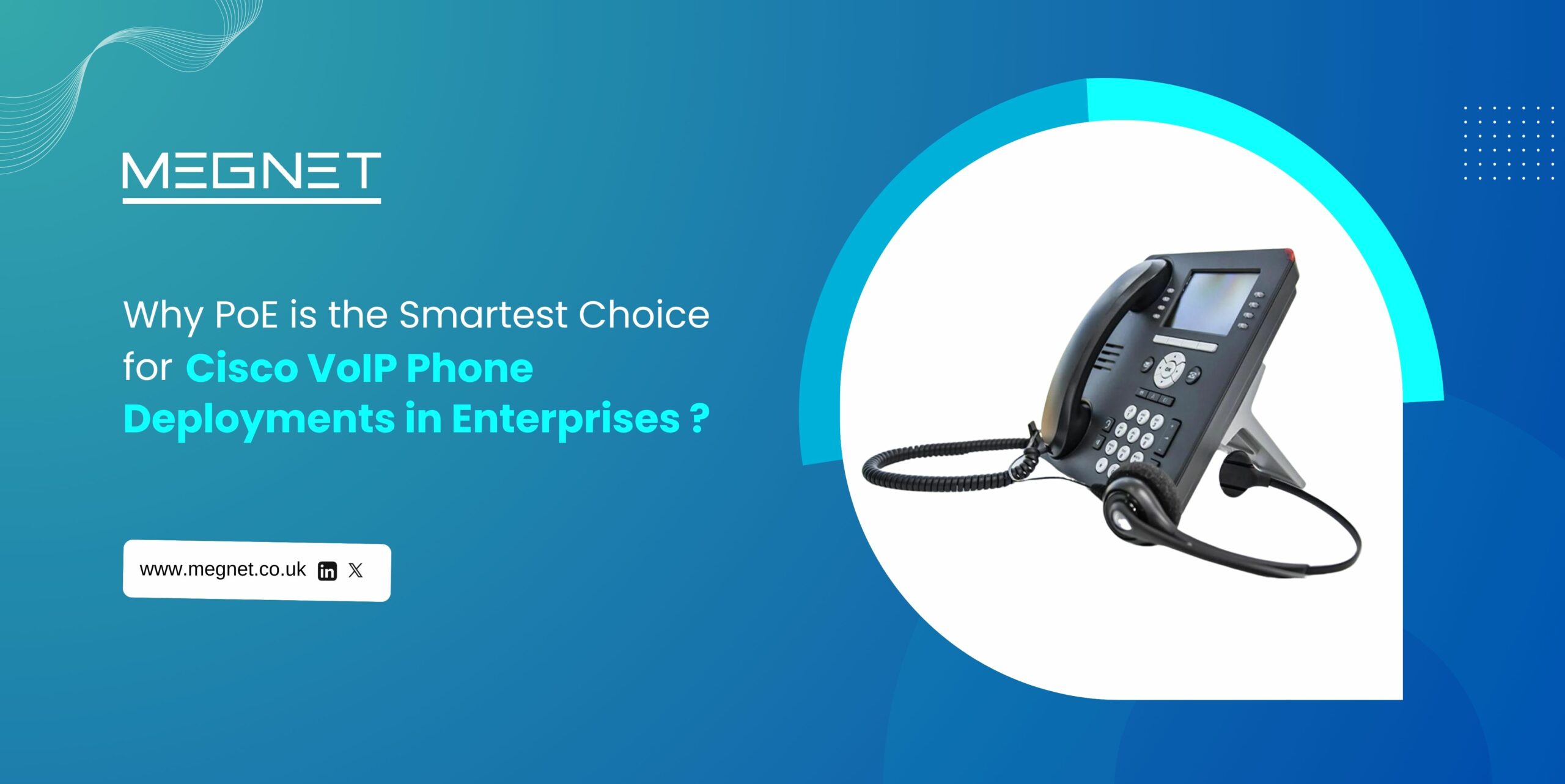

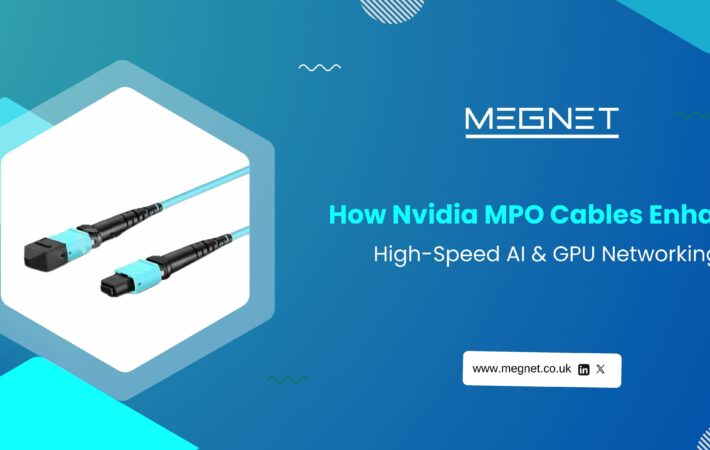
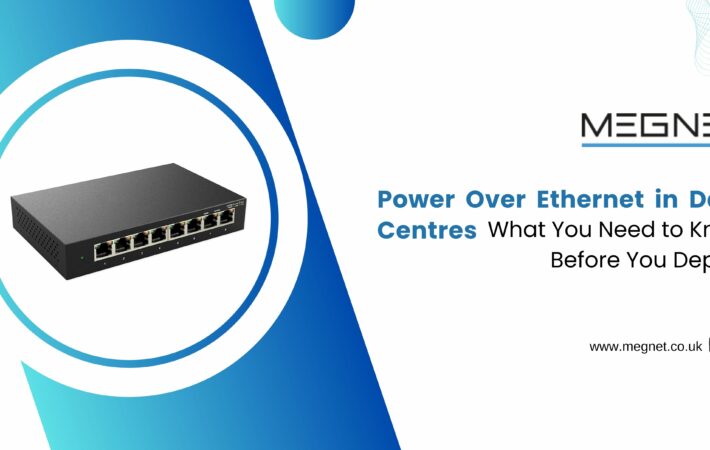
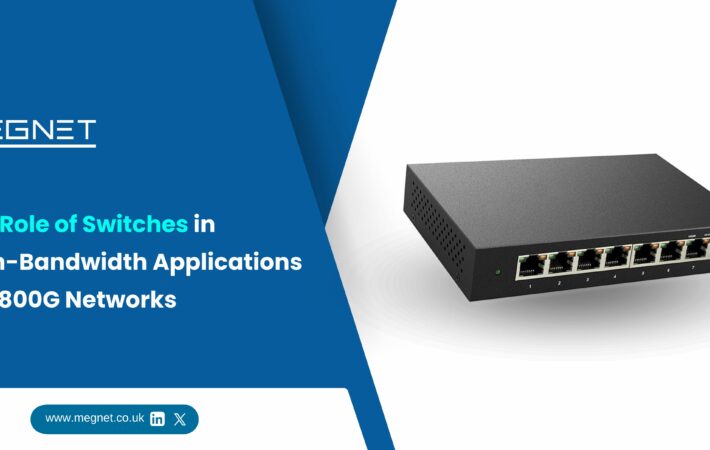
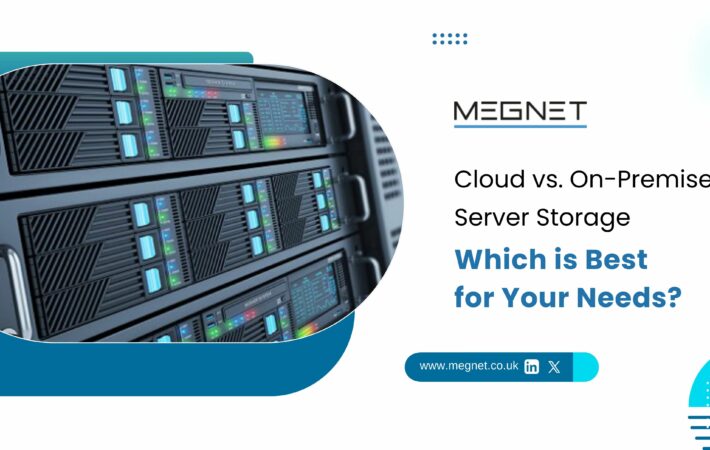
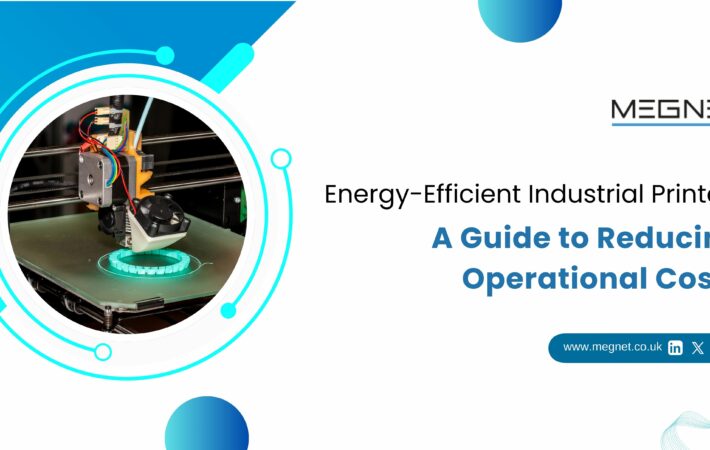


Leave a comment
Your email address will not be published. Required fields are marked *